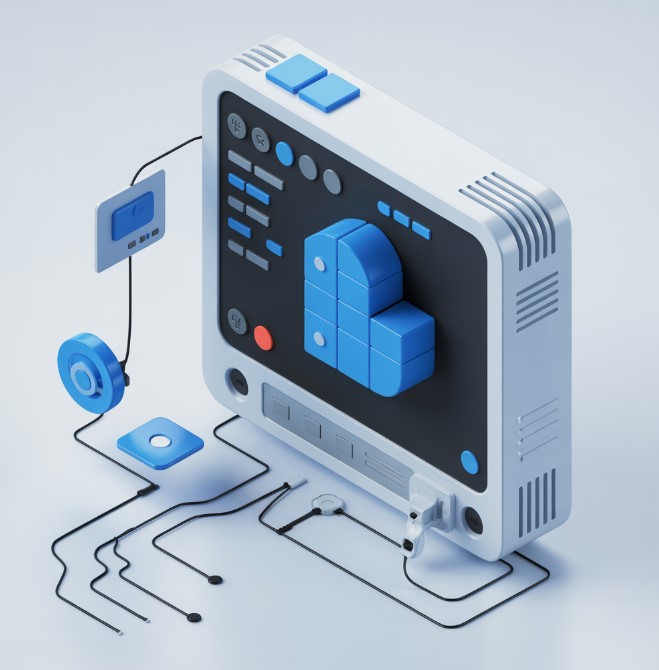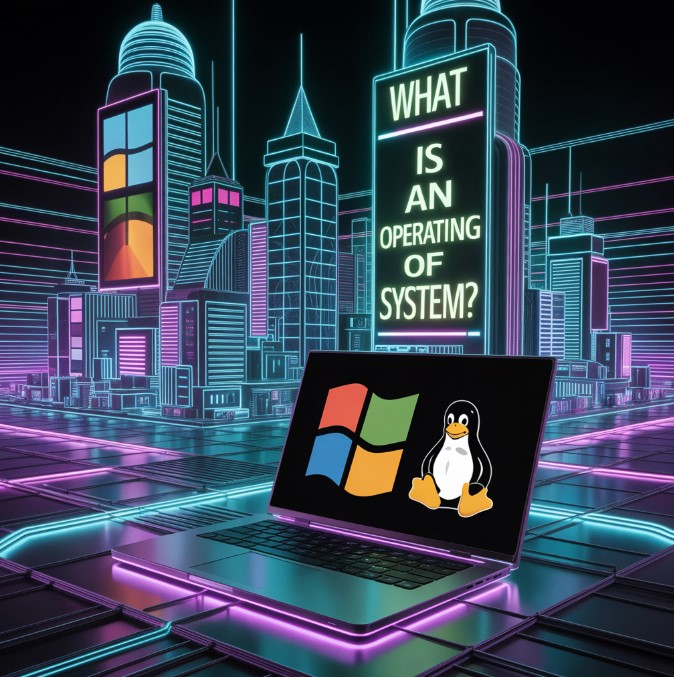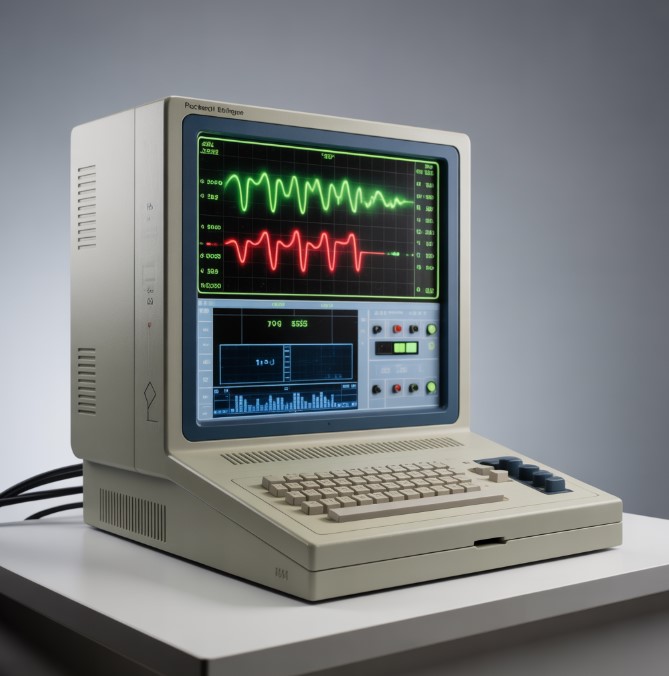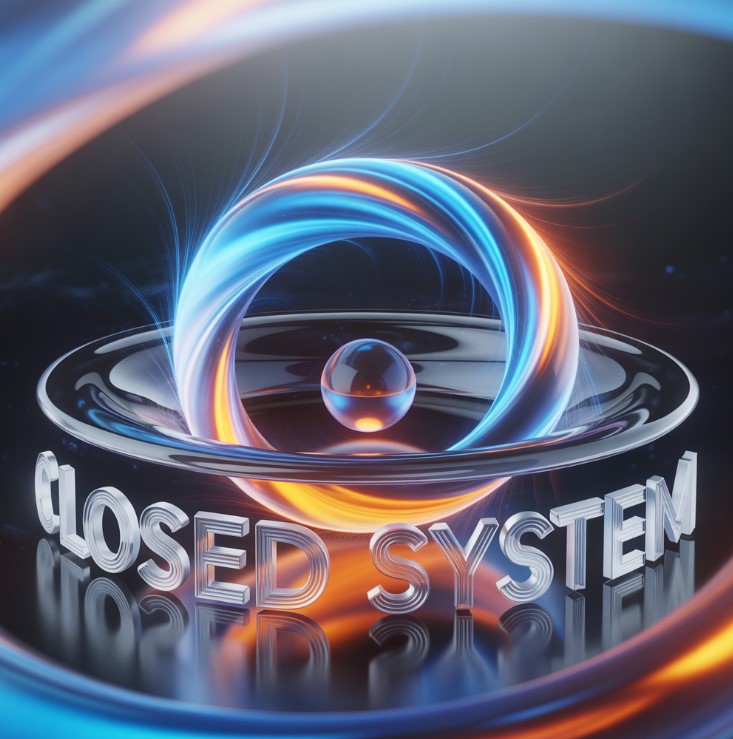Contents
An operating system (OS) is the fundamental program that functions as an abstraction layer, managing all hardware and software resources by translating abstract application requests into the specific, low-level instructions required by the computer system‘s physical components.
The operating system is the architectural cornerstone of a computer’s operation, serving as the essential intermediary that bridges application software and the underlying hardware. Without an OS, a computer is an inert collection of circuits; it is the operating system that provides the runtime environment, enforces rules of access, and manages concurrency, allowing a computer system to perform useful work. By handling privileged instructions and controlling direct access to hardware, the OS establishes a structured, predictable environment where multiple programs can coexist and share resources without conflict, forming the foundational software platform for all other applications.
What is an operating system program?
To answer the question, What is an operating system program, one must understand its unique position within the system’s architecture. An OS is a master control program operating in a privileged processor state (often called kernel mode), which grants it unrestricted access to all memory and hardware. This privileged execution allows it to perform tasks no ordinary application can, such as initializing hardware, managing virtual memory mappings, and scheduling CPU time. It implements a set of system calls that serve as the defined interface through which applications in the less-privileged user mode can request services, ensuring that the integrity and stability of the entire computer system are maintained.
Core Functions of an Operating System with Conceptual Depth
An OS performs several critical functions by abstracting complex hardware operations into simpler, manageable concepts for software.
- Process Management: The operating system manages program execution by conceptualizing them as “processes.” It uses a scheduler to allocate CPU cycles among competing processes, creating the illusion of parallel execution essential to multitasking operating systems. This involves intricate context switching, where the state of one process is saved and another’s is loaded, a fundamental mechanism for interactive computing.
- Memory Management: It creates a private virtual address space for each process, preventing them from interfering with one another. This abstraction, managed by the Memory Management Unit (MMU) in the CPU, translates virtual addresses into physical RAM locations, a system that enables modern features like memory protection and running applications larger than the available physical memory.
- File System Management: The OS imposes a logical, hierarchical structure of files and directories over the raw, block-based nature of storage devices. This abstraction allows data to be stored, retrieved, and managed using human-readable names and paths, while the OS handles the complex task of tracking which physical blocks on the disk belong to which file.
- Device Management: It manages all peripheral devices through specific driver software. These drivers act as translators, converting generic application requests (e.g., “print document”) into the precise sequence of electronic signals that a particular hardware model understands, thus decoupling applications from device-specific dependencies.
Types of Operating Systems: A Detailed Classification
The architectural design of an operating system determines its capabilities. Understanding these Types of Operating Systems reveals the design trade-offs made to suit different computing environments.
By Number of Users: Single-user vs Multi-user Operating Systems
The core architectural distinction between single-user vs multi-user operating systems lies in the implementation of a security and resource management model.
- Single-User OS: This OS architecture, exemplified by MS-DOS, assumes a single execution context. It lacks the complex subsystems for user authentication, access control lists, and resource quotas because the underlying design presupposes one user has full control of the machine’s resources.
- Multi-user OS: A multi-user OS like UNIX or GNU/Linux is fundamentally designed with a robust security model at its core. It must be able to authenticate multiple users and enforce permissions to ensure that one user’s processes cannot access or harm another’s data or the system itself, enabling simultaneous, secure operation.
| Feature | Single-User OS | Multi-user OS |
|---|---|---|
| Architectural Focus | Direct hardware control for one process | Secure resource isolation and concurrent access |
| Security Model | Minimal or non-existent | Mandatory authentication and access control |
| Resource Management | Implicit and uncontrolled | Explicit quotas and permissions |
| Examples | MS-DOS, early Windows versions | UNIX, GNU/Linux, MacOS |
By Number of Tasks: Difference Between Single-tasking and Multitasking OS
The difference between single-tasking and multitasking OS hinges on the concept of concurrency and the kernel’s role in managing processor time.
- Single-tasking OS: This operating system follows a simple, linear execution model. The entire machine’s resources are dedicated to a single process until it terminates, at which point the OS can load and execute another. MS-DOS is the primary example of this model.
- Multitasking operating systems: These systems, including Microsoft Windows, MacOS, and Android, implement preemptive multitasking. The OS kernel’s scheduler actively interrupts processes after a small time slice to give another process a turn on the CPU, ensuring responsiveness and fairness. This rapid switching is what enables a modern computer system to simultaneously run a web browser, a word processor, and background services.
By Processing Architecture: Centralized vs Distributed Operating Systems
The classification of centralized vs distributed operating systems is defined by the system’s boundary and resource management scope.
- Centralized OS: This is the traditional model where a single OS kernel manages the resources of a single, self-contained machine. The vast majority of operating systems for personal computers operate this way.
- Distributed operating systems: These systems extend the OS concept across a network of autonomous computers, creating the illusion of a single, more powerful computer. The goal is transparency: a user can access a file or run a process without knowing on which physical machine it resides. The experimental Plan 9 from Bell Labs was a pioneering example, treating network resources as part of a unified namespace.
The User Interface: Interacting with the OS
The user interface is the layer that translates human intent into system commands. Its design fundamentally shapes the user’s interaction model with the computer system.
Graphical User Interface (GUI)
The Graphical User Interface presents system resources like files and running programs as visual metaphors (icons, windows). It operates on an event-driven model, where the OS waits for user actions—like a mouse click—and then routes that event to the appropriate application. Microsoft Windows and MacOS perfected this model for personal computing.
Command Line Interface (CLI)
The Command line provides a textual, imperative interaction model. Users issue direct commands to a program called a shell, which interprets them and makes corresponding system calls. This method, while steeper to learn, offers unparalleled power for automation and scripting, making it the preferred interface for system administration on GNU/Linux and UNIX systems.
Examples of Operating Systems: Architectural Philosophies in Practice
The diverse Examples of Operating Systems reflect different design philosophies, development models, and target applications.
- Microsoft Windows: Evolved from a simple graphical user interface running on top of the single-tasking MS-DOS kernel to a sophisticated, preemptive multitasking operating system built on the robust NT kernel. Its architecture is designed for broad hardware compatibility, making it the dominant of the operating systems for personal computers.
- MacOS: A prime example of a hybrid architecture. It pairs a highly polished proprietary graphical user interface and application ecosystem with a powerful, open-source UNIX-compliant foundation called Darwin. This core is itself a hybrid, built upon the Mach microkernel and services from FreeBSD, demonstrating a blend of commercial design and open-source robustness.
- GNU/Linux: A testament to the power of open-source development, GNU/Linux is not one OS but a family of systems built from two distinct components: the Linux kernel (the core that manages hardware and software resources) and the GNU userland utilities (the shell, core commands, and libraries that provide the user interface and functionality). Distributions like Ubuntu and Fedora package these components into a coherent whole. This is the definitive free and open-source desktop operating system.
- UNIX: More than just an OS, UNIX represents a design philosophy emphasizing small, single-purpose, interoperable tools and the “everything is a file” abstraction. This elegant philosophy has profoundly influenced nearly every modern operating system, including GNU/Linux, MacOS, and Android. The HP-UX version of Unix is a commercial variant built for high-availability enterprise servers.
- Android: Google’s mobile OS is a layered system. It uses the Linux kernel for core services like memory management and device drivers, but adds a Java-based application framework on top. This makes Android a powerful example of how an operating system based on the Linux kernel can be adapted for entirely new device categories.
- Chrome OS: Another operating system based on the Linux kernel from Google, Chrome OS is architected for security and simplicity by treating the web browser as the primary user interface and running applications in sandboxed containers.
A Closer Look at Free and Open-Source Systems
The open-source model fosters unique operating systems built on collaboration and technical ideals.
| Operating System | Architectural Highlight/Philosophy | Type |
|---|---|---|
| Ubuntu | A Debian-derivative focused on user-friendliness and accessibility, demonstrating how a stable GNU/Linux base can be refined for a mass audience. | GNU/Linux Distribution |
| Fedora | Serves as an innovation platform for Red Hat, often integrating cutting-edge technologies before they become mainstream in enterprise systems. | GNU/Linux Distribution |
| Canaima GNU/Linux | A state-sponsored distribution showing how the open-source model can be leveraged for national technological sovereignty. | GNU/Linux Distribution |
| Sabayon Linux distribution | A source-based distribution that provides pre-compiled binaries, blending the flexibility of Gentoo with the convenience of a binary system. | GNU/Linux Distribution |
Historical and Niche Systems
- MS-DOS: A minimal OS that loaded completely into memory and gave programs direct, unfettered access to hardware, a design that was simple but lacked stability and security.
- The open-source operating system Haiku: A clean-room reimplementation of BeOS, Haiku is notable for its pervasive multithreading and database-like file system, designed from the ground up to achieve the legendary BeOS multimedia performance.
- Solaris operating system: A UNIX derivative engineered for enterprise servers, pioneering concepts like the ZFS file system, which integrates the volume manager and file system into one for greater data integrity.
- BlackBerry OS: A now-defunct closed-source OS that excelled at real-time push email through tight integration of hardware and software, a classic example of a vertically integrated system.
Frequently Asked Questions about Operating Systems
Q1: What is a free and open-source operating system?
A free and open-source operating system is one whose source code is licensed to allow anyone to view, modify, and distribute it. This development model fosters transparency and peer review, often leading to highly secure and stable systems. Philosophically, it grants users ultimate control over their software, contrasting with the proprietary model where the code is a secret. GNU/Linux is the most prominent example.
Q2: What are the main operating systems for personal computers?
The main operating systems for personal computers are Microsoft Windows, MacOS, and GNU/Linux. Each represents a different market and technical philosophy: Microsoft Windows for broad hardware compatibility, MacOS for a tightly integrated user experience on Apple hardware, and GNU/Linux for flexibility, security, and open-source freedom.
Q3: What are the primary operating systems for mobile devices?
The mobile landscape is a duopoly between Google’s Android and Apple’s iOS. Both are sophisticated multitasking operating systems, but with different architectures: Android uses the Linux kernel and an open application ecosystem, while iOS is a closed, vertically integrated system derived from MacOS, ensuring tight control over the user experience.
Conclusion: The Enduring Importance of the Operating System
The operating system remains the most critical software on any computer system, performing the complex orchestration of hardware and software that makes modern computing possible. From the direct hardware control of MS-DOS to the secure, concurrent environment of multitasking operating systems like UNIX and GNU/Linux, its evolution reflects the growing complexity of technology. The architectural choices within each OS—whether it’s the hybrid nature of MacOS or the layered design of Android—represent profound decisions about security, flexibility, and user control. The rich ecosystem of Examples of Operating Systems shows that this foundational software is not just a utility, but a platform for innovation that continues to define our relationship with technology.







